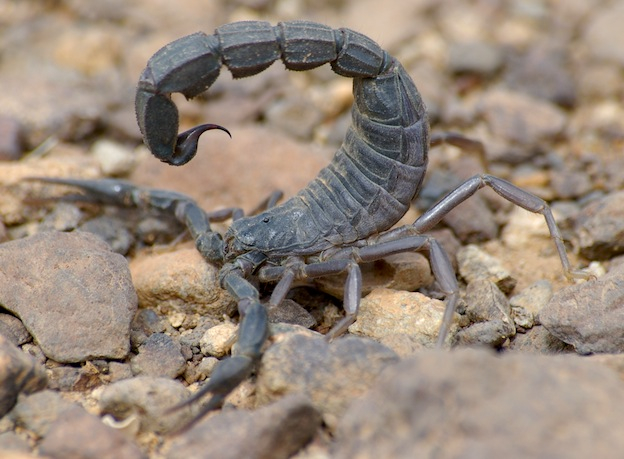Fattail Scorpion
One of the most hazardous groupings of scorpion species in the world, the genus Androctonus, is known by the common names Fattail scorpion or fat-tailed scorpion. They can be found all over the Middle East and Africa's arid and semi-arid regions. They grow to a length of 10 cm, which is a moderate size for scorpions. Their Latin name, which means "man killer," has Greek roots and it comes from their distinctively fat metasoma or tail. Their venom is particularly toxic and contains strong neurotoxins. Each year, stings from Androctonus species are known to kill a number of people. Antivenom is produced by a number of pharmaceutical companies to treat Androctonus envenomations.
The body of this variety of scorpions, which can be reddish brown, dark brown, or even black, seems dark throughout. Their physique has some areas that appear rough and grainy. These scorpions have sensitive hairs and spines all over their bodies, including the soles of their feet and pedipalps, which are highly helpful for identifying the terrain.
Fattail scorpions are only 10 cm long, but despite their small size, they have a potent sting. They are known as killer scorpions because of their venom's quick-acting harm to the neurological system and paralysis of the breathing system. A fattail scorpion can kill in a matter of seconds, although in the event of a sting, antivenom is available.












